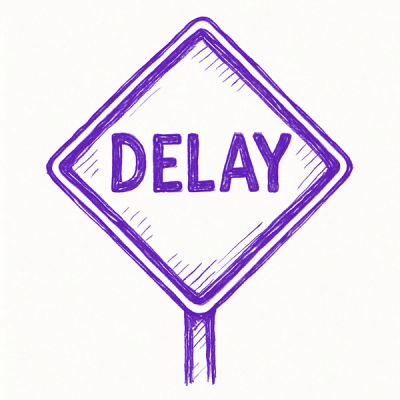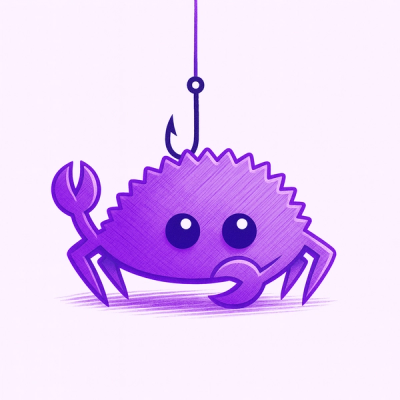
Research
/Security News
Popular Tinycolor npm Package Compromised in Supply Chain Attack Affecting 40+ Packages
Malicious update to @ctrl/tinycolor on npm is part of a supply-chain attack hitting 40+ packages across maintainers
Patrick Mueller
pmuellr@gmail.com
directive is a code parsing system based on the
recognition that most programs tend to be structured as a set
of blocks of the form:
For example:
/**
* this is a comment
*/
myFunction(arg1, arg2)
{
for (something) { somethingElse() }
}
In that example, you have a comment, followed by the definition
of the myFunction procedure, followed by the body of the
procedure.
With directive, you use a standard format to write your
comments, definitions, and bodies. Definitions are actually
called directives.
The parsing rules are line based, so things like multi-line comments and multi-line expressions are not directly handled by the system.
The basic rules for the different parts of a directive are:
comment
A comment block begins with a line that contains a / or # character in column one. It continues until a directive.
directive
A directive is a single line which begins with an alphabetic character, $ or @.
body
A body block begins after a directive, and continues to a comment or directive. Every line of a body (except empty lines) must begin with at least one white-space character.
To use directive, you must first create a DirectiveReader with the
constructor
DirectiveReader(source, fileName, lineNumber)
source is the source file containing the directives, fileName is the name
of the file, and lineNumber is the line the source starts at (for embedded
directives in other files).
With the resulting DirectiveReader object, you can invoke the method
directiveReader.process(handler)
handler is an object containing functions that are called back at various
times during the processing. Methods which must be implemented in this
object include:
processDirective(event)
fileBegin(event)
fileEnd(event)
See the examples for the actual data passed in the events.
In addition, you can provide functions of the form:
handleDirective_[directiveName]
where [directiveName] is a specific directive that you want to handle.
Rather than invoking the processDirective method for this directive, the
specified handleDirective_[directiveName] method will be invoked instead.
See the test cases for examples. In particular, the files in the test/test-files directory contain sample inputs with the list of events that are generated for that input, so you can see exactly what gets generated.
FAQs
Parser for simple line delimited files
The npm package directive receives a total of 26 weekly downloads. As such, directive popularity was classified as not popular.
We found that directive demonstrated a not healthy version release cadence and project activity because the last version was released a year ago. It has 0 open source maintainers collaborating on the project.
Did you know?

Socket for GitHub automatically highlights issues in each pull request and monitors the health of all your open source dependencies. Discover the contents of your packages and block harmful activity before you install or update your dependencies.

Research
/Security News
Malicious update to @ctrl/tinycolor on npm is part of a supply-chain attack hitting 40+ packages across maintainers

Security News
pnpm's new minimumReleaseAge setting delays package updates to prevent supply chain attacks, with other tools like Taze and NCU following suit.

Security News
The Rust Security Response WG is warning of phishing emails from rustfoundation.dev targeting crates.io users.